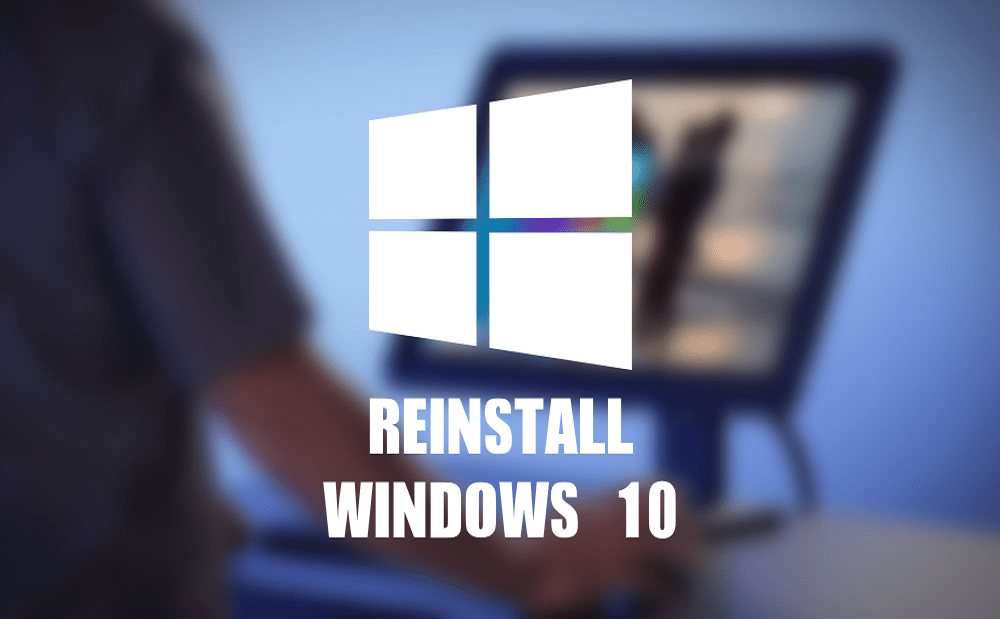 How to easily reinstall Windows 10
How to easily reinstall Windows 10
There can be dozens of reasons why you might want or need to reinstall Windows 10 on your PC. You could be dealing with an annoying virus that doesn't seem to go away or your computer might not work as well as it used to. Even though reinstalling Windows 10 on your computer might seem a bit drastic to some users, it can solve a wide variety of issues and help your PC get a clean slate. You can choose between multiple reinstall solutions. For example, you can use Windows' resetting feature or reinstall your operating system version from an external storage device or disk image file.
In this article, I will show you how to get the help you need in Windows 10, reinstall the aforementioned operating system version on your computer, and activate your license with minimum effort.
Get help in Windows 10
According to various reports, Windows 10 is said to be the best operating system version from the Microsoft company. Unlike its predecessors, it provides you with many recently developed default tools (for example, the voice-activated assistant Cortana), a newly-polished Start Menu (it was missing in Windows 8 which caused a lot of complaints from users), and cloud support. But one feature that stands up a lot is the fact that Windows 10 now brings you an incredible help service. So, if you intend on reinstalling your operating system version, the first course of action would be to get help in Windows.
Step 1
If you're a beginner Windows user, the quickest way to get access to the system resetting option is by using the default search tool. This utility can be accessed from the bottom side of your desktop. Click the magnifying glass icon, enter the "Reset PC" keywords, and select the first answer from the results list (you will be redirected to Windows Settings panel). You will be guided every step of the way and immediately reinstall Windows 10 on your computer.
 Accessing Windows Reset Settings
Accessing Windows Reset Settings
Step 2
Click the "Get Started" button. Select the options you want for the resetting process. You can remove applications and settings, but keep your personal files if needed. Another solution would be to delete all data and clean your drive.
Step 3
Click the "Reset" button and wait for Windows 10 to be reinstalled.
Optional: There's also the solution to roll back your Windows build to a previous stable one. A couple of months ago there were plenty of complaints regarding one of Windows 10's updates, and many users chose to roll back. If that's the case for you as well, you should check this article.
Reinstall Windows 10
Some users might require a clean install on their PCs. There are multiple solutions for this task. For example, you can install Windows 10 from mounted ISO files or choose to install Windows 10 from external hard drives. However, here I will show you how to install Windows 10 from USB storage devices.
Step 1
Head to the Microsoft website and fetch Media Creation Tool. This utility will help you download the official installation media straight from the Microsoft website and convert it to the ISO format.
Step 2
Launch the app. Choose the preferred operating system options (32 or 64 bit, default language, and Windows 10 edition). Select the USB Flash Drive option as the destination. Click the "Next" button and download process will start immediately.
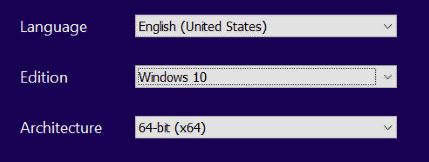 Windows Operating System Options
Windows Operating System Options
Step 3
Boot your PC. Head to the Boot menu and select the USB flash drive from the given list. Choose the "Save & Exit" option. Your PC will restart.
Step 4
Follow the steps required for the installation of Windows 10 on your PC. Make sure you select the "Custom Install(Advanced)" option and delete the partitions. Windows 10 will be installed on a formatted drive.
Step 5
Once the installation process is complete, your PC will restart.
Activate Windows 10
During the Windows 10 installation from a USB flash drive, there's a step that involves the entering of a valid Windows license code. This step can be skipped. However, you might ask yourself: "What happens if I don't activate Windows 10?". Well, Microsoft won't provide you with any updates. Keeping your operating system up-to-date might prove to be of good use especially if Microsoft launches an update that brings you bug fixes and other useful advantages. Here's how you can activate Windows 10 on your PC:
Step 1
Click the magnifying glass from the bottom side of your desktop, type "Activation" keyword, and select the first option from the results list.
Step 2
You will then go to Settings to activate Windows. Enter your product key and your Windows copy will be validated.
Optional: Since you now have a valid Windows 10 copy on your PC, you will surely receive notifications when a new version is released. Windows will also take the liberty to automatically update your version after a certain amount of time. You should read this article if you want to keep your current Windows 10 version and permanently stop automatic updates on your computer.
Conclusion
As you can see, it's actually quite simple to reinstall Windows 10 and even a beginner can do it without too much of a hassle. Just follow the steps that I've shown you and you'll have your PC up and running again in no time.
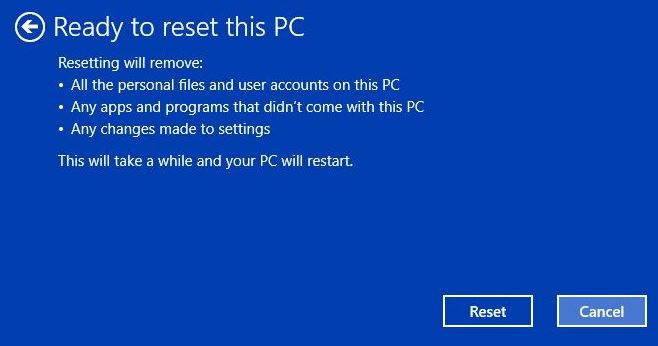
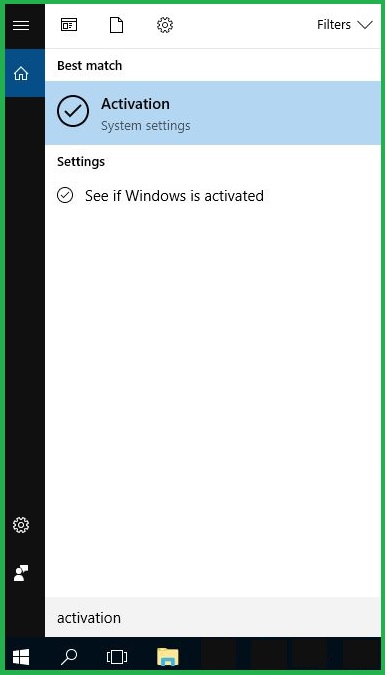


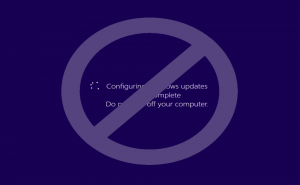
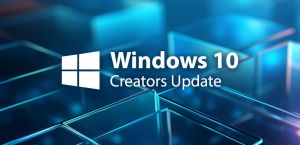

Comments